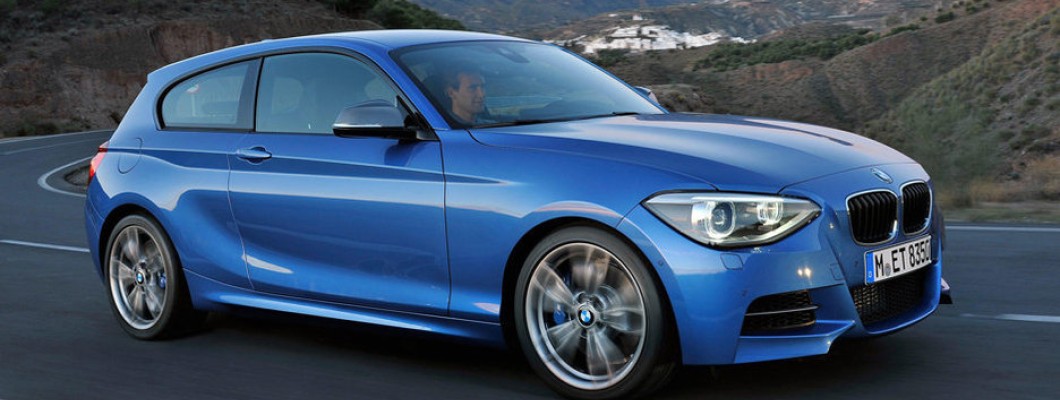
BMWs have a knack for becoming classics, but only when the
models are extraordinary. Cars like the 1M and all M-series cars (M3, M5, etc.)
are timeless in appeal, with 'future classic' written all over them at launch.
The 1 Series is a tougher sell as an instant classic, not
because it's a bad car, but because there were few special and limited models.
A short
history of the 1 Series
The BMW 1 Series was first released in 2004 as the E81
(three-door) and E87 (five-door), as a direct competitor to the Volkswagen
Golf.
With rear-wheel drive and a six-cylinder engine available
from launch, it quickly became the performance car of choice for frugal
drivers.
The successor to the 2004-2013 E series was the F series, as
the F21 (three-door) and F20 (five-door). Again, this model had rear-wheel
drive and the option of a six-cylinder engine in the M135i, later known as the
M140i.
2015 saw a facelift, with new BMW 1
Series bumpers & headlights, revised engines, and newer driver
assistance systems to meet safety standards.
These two generations shared a popular format – a
rear-wheel-drive, front-engine layout with no mechanical limited-slip
differential. The result was a playful hatchback with a lot more character than
a Volkswagen Golf.
Then it changed. BMW ditched rear-wheel-drive for
front-wheel-drive in 2019 with the F40, an all-new model that unlocked more
boot space.
Models
with future classic status
The BMW 1 Series has future classic potential, although only
versions with bigger engines are likely to achieve it.
E87/E81 – cars with the 3.0 inline-6 are highly prized
The first version of the 1 Series, the E87 and E81, had
special engines in the 3.0L N52 I6 (125i, 128i, 130i) and 3.0L N54/N55 I6 turbo
(135i, 135is).
These incline-6 engines are highly sought after.
However, the most legendary model is the 1M Coupe, with its
3.0 N54 engine. That model is already a classic with appreciating value.
F21/F20 – the M135i and M140i have potential
Moving onto the second-generation 1 Series, the F21
(three-door) and F20 (five-door), the only special versions are the M135i and
M140i.
Again, these models have a 3.0L inline-6 turbo engine. The
M140i has a modified, better version of the engine known as the B58, which
produces more power and torque than the M135i's N55 engine (although both have
the same block).
F40 – this model is unlikely ever to be a classic
Moving onto the newest 1 Series, the F40, this is unlikely
to be a future classic because it has a few things against it.
The first is BMW ditched rear-wheel drive for front-wheel
drive, and they also ditched rear-wheel drive for all-wheel drive (xDrive) in
the M135i.
Additionally, the M135i has a 2.0L turbocharged engine, and
there is no option for the 3.0L inline-6 engine that is synonymous with the 1
Series.
The new 1 Series is not true to its predecessors from a
purist's perspective. Instead, it is a car drawn up in the boardroom rather
than by real drivers.
It’s a solid car but not one to excite future classic car
dealers.
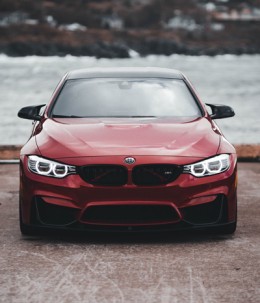

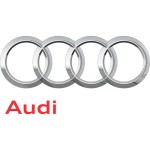



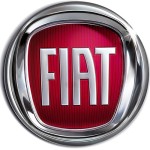
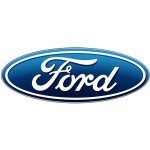













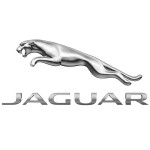






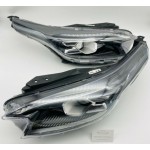
1 Comment(s)
There are plenty of low powered classics around so hopefully my mint 2010 116 E81 will get there, but many of these are still on the road so perhaps not in my life time lol
Leave a Comment